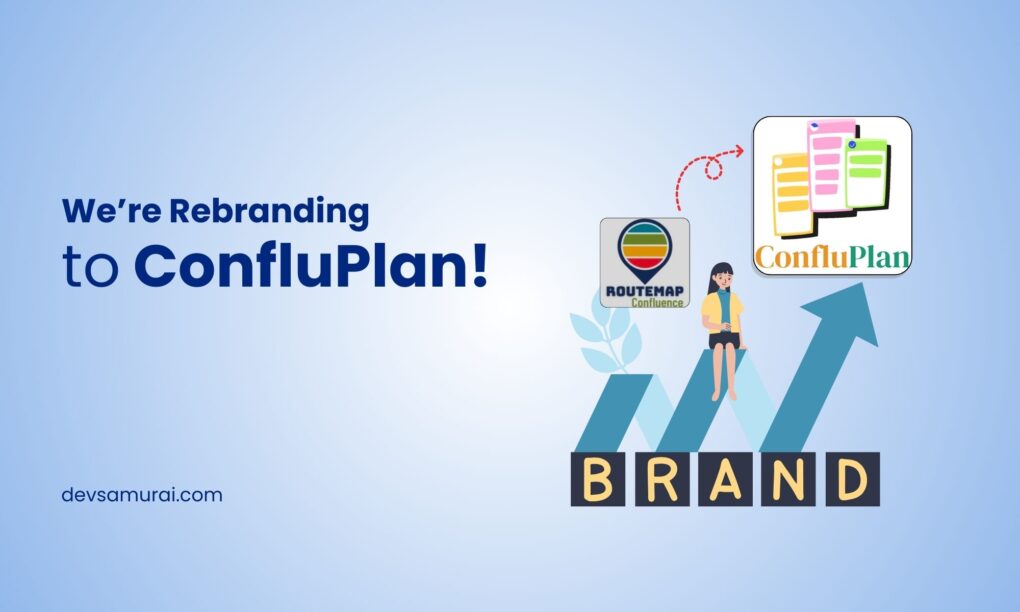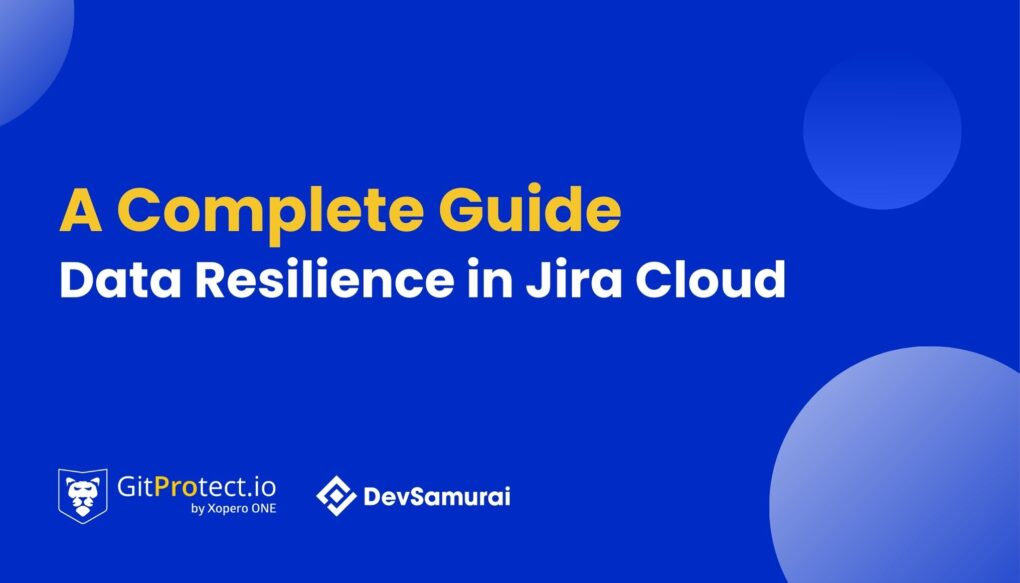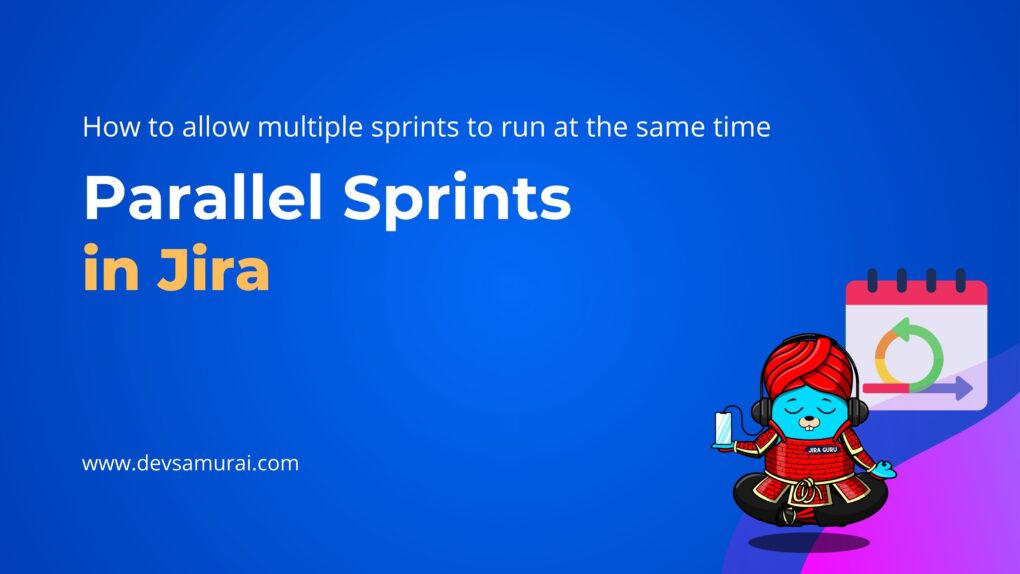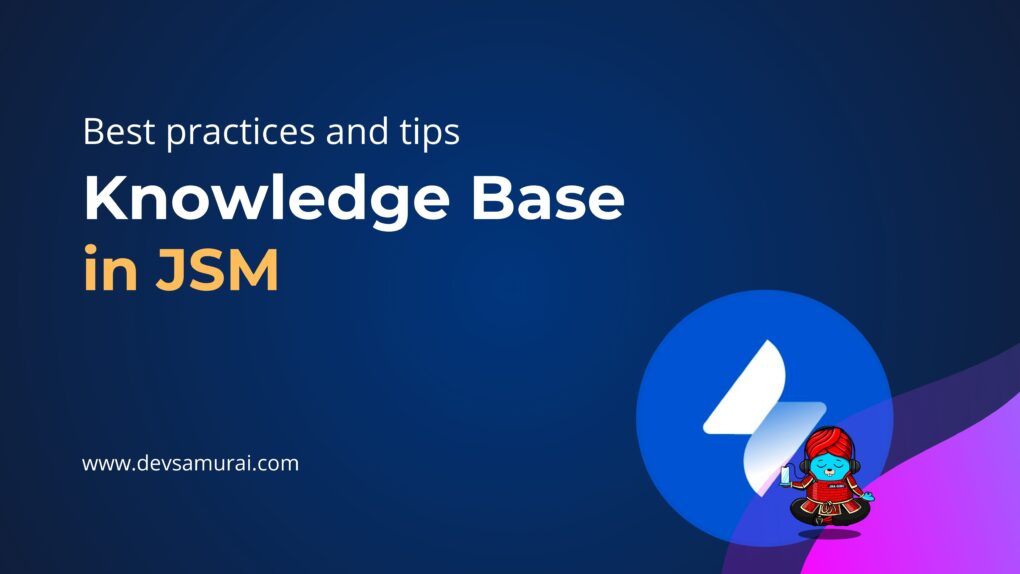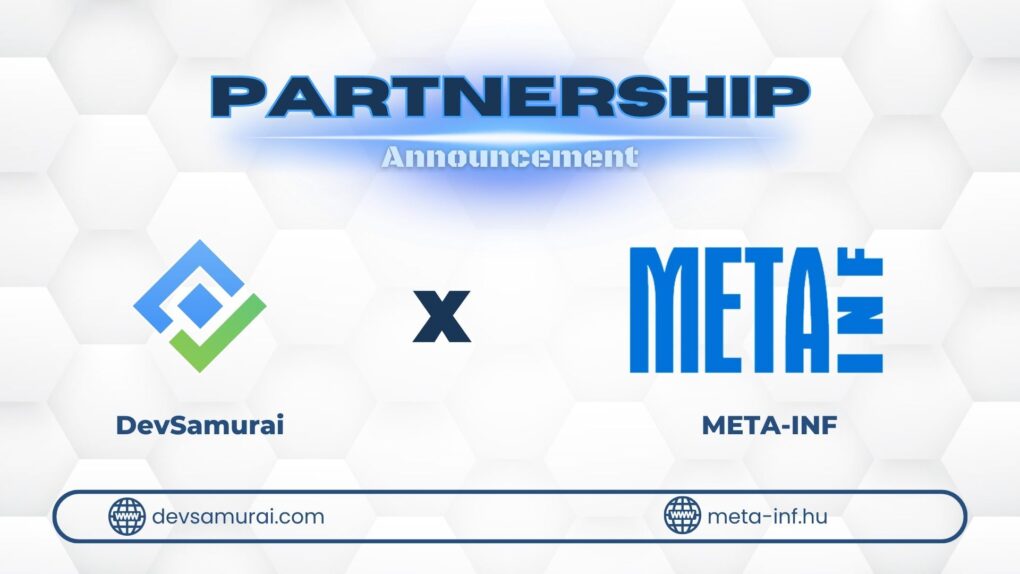The agile process is favored for its speed and quickness for the completion of projects. As a process, it gives the flexibility to pair with other methodologies like scrum or DevOps. Even tools like Jira, Kanban, are used to track the progress of stories and assign tasks and bugs.
Companies prefer to have their work done around-the-clock. It is hard to find a single team working in a single room for a project. There are at least 2–3 teams working at different geolocation and time zone. Once they start working on a project, a developer must know their user. These requirements are collected during requirement gathering, but as the project progress, the characteristics of users fade away. The team targets their tasks rather than working on the UX or user experience.
You work better when you know the personality of your user.
What is the best way to know the persona?
A product is used by different personalities and knowing the characteristics of the user, makes it better for the developers to work on their goals.
DevSamurai implemented the concept of personas in its Agile User Story Mapping Board plugin. While you use Jira and confluence for issue tracking and collaborative tool, by using the User Story Mapping Board, you can create new fictional characters that resemble your users. These characters are research-based on different user types that might use the service, product, site, or brand.
Persona’s help us understand your user’s background, gender, experience, behavior, and goals. It allows you to think like a typical user while you developer the features for them.
Create a persona in User Story Mapping Board.
The user story mapping board in Jira helps you create stories and tasks, map them to the team members, and view the progress along with the backlogs for each sprint or iteration.
As you create goals, User story mapping allows you to select personas for goals. To create the new persona you can click on the “Personas”, button. This opens the right pane with the options of creating or selecting the existing persona.

Create personas
Create persona by clicking on new button.

Since eCommerce sites have a variety of users, let’s take an example of a goal, “searching product” of an eCommerce site. As it’s the first step for any users who wish to buy a product, let’s create multiple personas for this goal.

Here are two more examples of persons.


Add Personas to Goal.
Now let’s add the personas to the goal of “searching products”. You can associate personas to the Goal on the board or in the Goal detailed view.
To open Goal detailed dialog, click on the “Hamburger Menu Icon”, on the goal card.


The goal dialog opens and you can add one or many personas for a single goal.

Deleting Persona
You can search your persona or delete it. Once deleted the persona is also removed from the goals that were attached to it.
Deleting persona deletes all its details and links with attached goals.
Now as this task is assigned to team members, they can imagine the user’s characteristics and design the UI for better UX.
How adding a persona helps the team?
Though persons are fictional characteristics, adding persons to the goal makes the developer understand its users that could work for different goals. We are listing a few benefits of personas that help in better UX for similar users.
1) Personas are created by collecting data in different ways. They are useful when the team is missing information about users and their work. Like the geographical distance between designers and developers can create a rift between their understandings. In this situation, personas fill the gap of communication between the team members.
2) Sometimes it’s difficult to get an onsite customer or user. For example in the health care sector, it’s difficult to find the domain expert having an understanding of the domain as well as software. In such cases, it’s easy to identify the customers by creating personas.
3) For custom software solutions, personas are relevant tools, especially for ERP solutions.
4) Personas help keeping the developer’s focus on the user, this results in a great user experience.
Unique persons add life to stories, whereas it’s not a user when you have a redundant user or an expert sitting beside you for testing.
Other techniques along with persona
Having a persona linked to the goal gives the developer an idea of the usage of his design. The project manager also recommends using scenario based stories in combination with personas. Stories document the user’s need where are persons define the characteristics and behavior for a particular scenario.
The technique for creating personas
Creating the right persons will produce great results. Here are some tricks you need to consider while creating personas.
1) Discover the personas as a byproduct of your requirements.
2) Do good research to create specific personas
3) For the negative test, you would need a negative profile of the persona.
4) Create Set 3 finest number of persona’s, to narrow down the people.
Gist:
Personas generate life to the stories, understanding, and usage of the situation for newbies. There are different types of persona’s, but creating 3 strong profiles could do the work for their development.
User story mapping gives you the chance to create personas, so the stories are lively. This article shows you how to create personal and link it to the goal. We have covered a few examples of users that act as perfect examples.
Creating positive or negative persons helps you to create work on negative scenarios.
Overall it helps to create great UX for users.
Check it out Agile User Story Mapping Board for Jira


